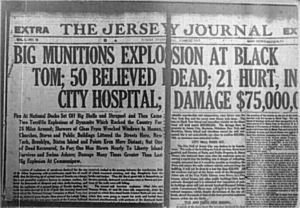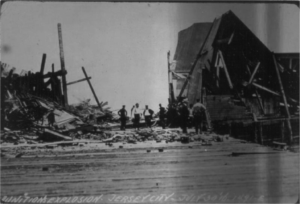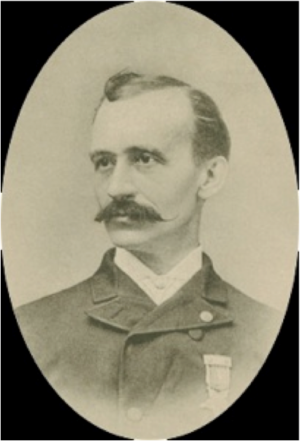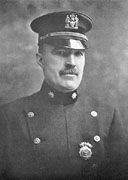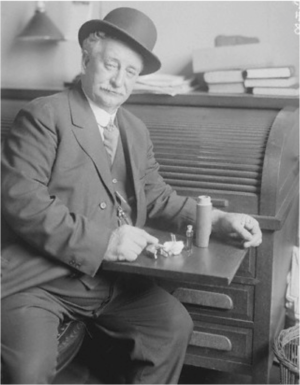…..in 1840.
A post a couple of months ago gave details of the development of IEDs by Confederate officer Brigadier General Gabriel Raines in the American Civil War. I’ve now found a record of the same officer using IEDs even earlier, in the Second Seminole Indian War in Florida in 1840. Here’s the story:
In 1839 Raines was posted as a company commander in north central Florida. In May 1840 he became commander of a single unit holding Fort King as other forces responded to (insurgent) activity at other Forts (FOBs). The insurgent forces seeing Fort King undermanned started to exploit the situation and killed two soldiers within sight of the Fort. Raines wanted to seize the initiative and deter such attacks so developed an IED, a buried shell, covered with military clothing, designed to function if the clothing was picked up on a simple pull mechanism. After several days waiting the IED exploded and Raines, with 18 men, went to the explosion site, but found “naught but a dead opossum”. However while investigating his own IED he was attacked by a group of 100 Taliban Seminoles. Although they were fought off, Raines suffered serious injury, and was not expected to survive. Even his obituary was published in a newspaper. However he recovered, was promoted, and commended for “Gallant and Courageous service”. He went on to place a second IED but later had to remove if because his own soldiers were scared of it. Raines’s actions were not approved by many in the US military. 20 years later when he used IEDs against the Union, his “dastardly business” was again condemned by Union Brigadier General William Berry who had not forgotten Raines’ exploits in Florida.
Raines died in 1881 of medical conditions associated with his injuries sustained in 1840.

